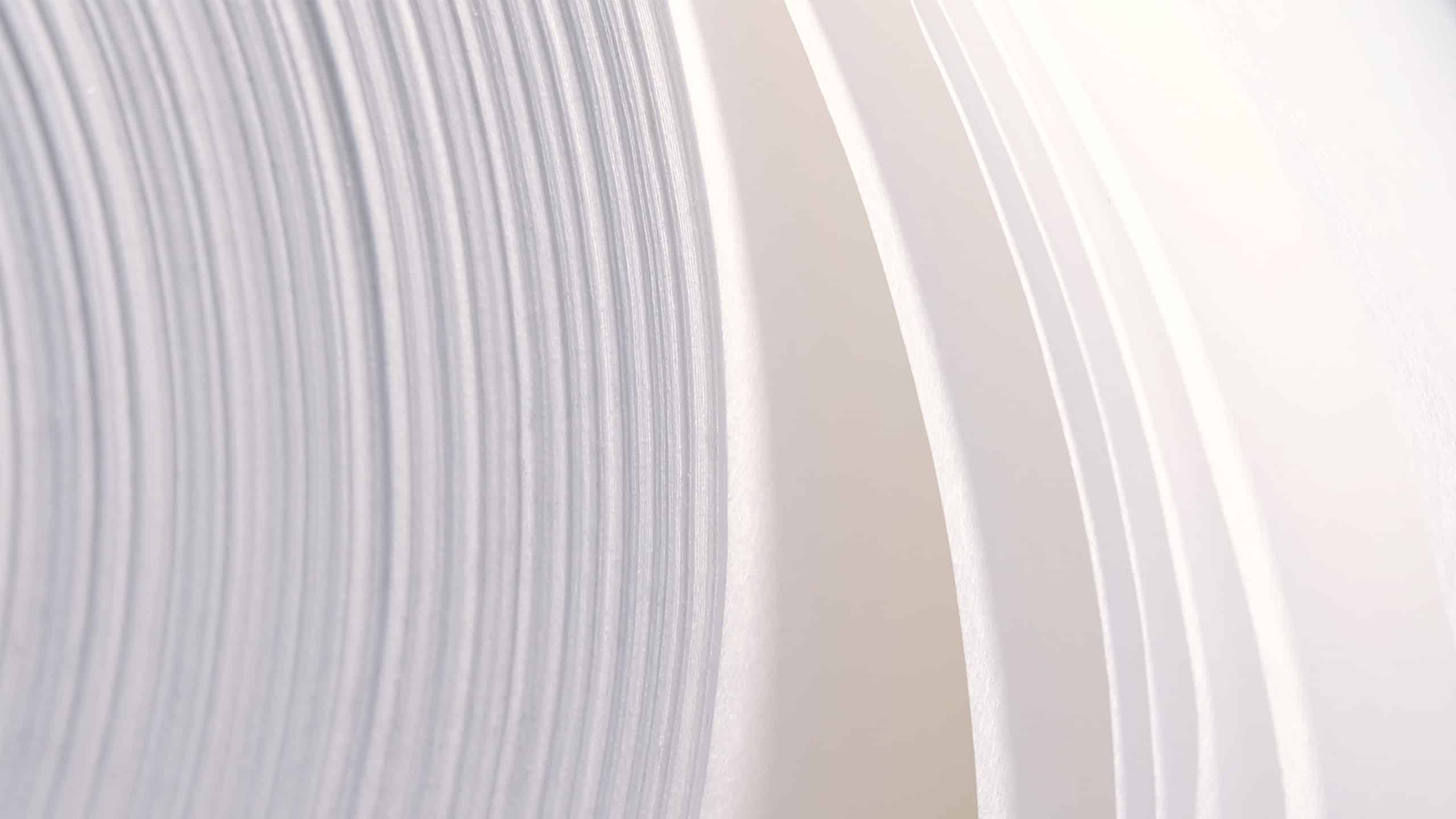The role of eco-friendly solutions in dry food packaging

What are eco-friendly solutions in dry food packaging?
Eco-friendly solutions in dry food packaging are crafted to minimize environmental impact while ensuring the safety and quality of the products they contain. In response to the growing concerns about environmental sustainability, companies are increasingly embracing packaging innovations that reduce waste and utilize renewable resources. The foundation of eco-friendly packaging is its ability to lessen environmental impact through the use of sustainable materials, reduced resource consumption, and improved recyclability, as highlighted by the Confederation of European Paper Industries (CEPI).
Key elements that contribute to eco-friendly packaging include the use of renewable materials, such as wood fibres sourced from forests managed responsibly. CEPI emphasizes that these fibres can be sustainably harvested, ensuring forest health and productivity for future generations. Eco-friendly packaging often involves using less material while maintaining strength and functionality, conserving resources, and minimizing waste. For example, innovative solutions like Paptic’s materials merge the advantages of paper, plastic, and textiles, offering sustainable alternatives with features such as recyclability and reusability at the forefront.
How do eco-friendly packaging solutions work?
Eco-friendly packaging solutions are rooted in principles of sustainability and innovation. They employ materials that are not only renewable but also designed for reuse and recycling, contributing to a circular economy. According to CEPI, one primary mechanism is using fibre-based materials sourced from sustainably managed forests. Sustainable forest management ensures that raw material extraction does not deplete natural resources or harm ecosystems.
The creation of eco-friendly packaging involves advanced technologies to enhance material properties. For instance, Paptic’s materials mimic the flexibility and durability of plastic while remaining environmentally friendly. This is achieved through a unique combination of wood fibres that provide strength and resilience, reducing the carbon footprint associated with transportation and bolstering their eco-friendly credentials.
Practical applications of eco-friendly packaging in the food industry
The food industry has significantly adopted eco-friendly packaging solutions, recognizing the importance of reducing plastic waste and enhancing sustainability. Companies are now using innovative materials like Paptic’s fibre-based solutions for dry food packaging, ensuring that the packaging is sustainable, functional, and aesthetically appealing. These materials are especially suited for applications such as product packaging and food packaging, providing a luxurious, textile-like feel and high-quality printability.
Paptic’s materials offer a unique alternative to conventional packaging by combining the softness and silence of textiles with the strength and durability of plastic. This distinctive combination enables companies to maintain product integrity while promoting an eco-friendly image. By adopting materials that reduce environmental impact, food companies can enhance brand reputation and meet the growing consumer demand for sustainable products, as supported by CEPI’s advocacy for responsible packaging practices.
Challenges in adopting eco-friendly packaging solutions
Transitioning to eco-friendly packaging solutions presents challenges such as higher initial costs, supply chain complexities, and consumer perceptions. The upfront investment for sustainable materials and necessary production line adjustments can be significant, deterring some businesses from making the switch.
However, these challenges can be addressed through strategic planning and collaboration. Partnering with suppliers specializing in sustainable materials allows companies to access innovative solutions aligned with their sustainability goals. Educating consumers about the benefits of eco-friendly packaging is crucial in shifting perceptions and fostering acceptance. As more businesses adopt these solutions, economies of scale are likely to reduce costs and make eco-friendly packaging more accessible, a point highlighted by CEPI in its efforts to promote sustainable practices.
Comparing eco-friendly packaging to traditional methods
Eco-friendly packaging solutions offer numerous advantages over traditional methods, especially regarding environmental impact and sustainability. Traditional packaging often relies on plastics derived from non-renewable resources, significantly contributing to pollution and waste. In contrast, eco-friendly materials, such as those developed by Paptic, are designed with sustainability in mind, emphasizing renewability and recyclability.
While traditional packaging may provide certain cost benefits, the long-term environmental costs can be substantial. Eco-friendly solutions offer a more sustainable path forward, aligning with global efforts to reduce plastic waste and conserve natural resources, as outlined by CEPI. Paptic’s fibre-based materials not only offer a viable alternative to plastics but also enhance the user experience with their soft, durable, and distinctive properties. These benefits underscore the value of investing in sustainable packaging solutions that support business objectives and environmental stewardship.
